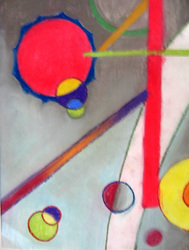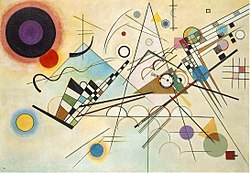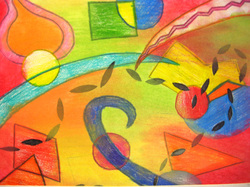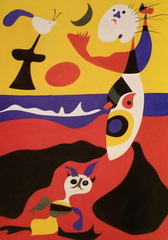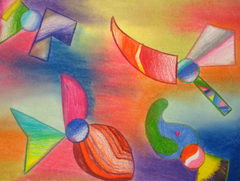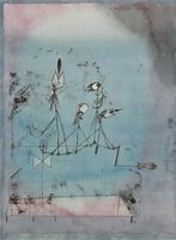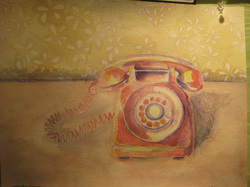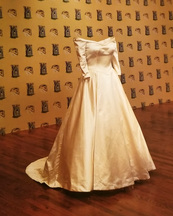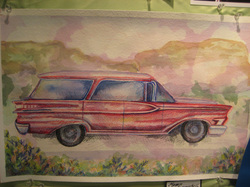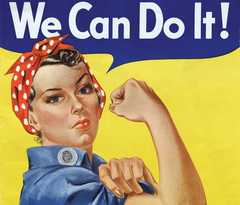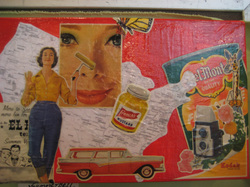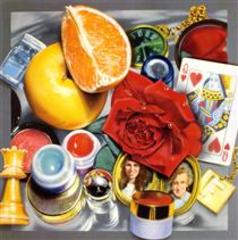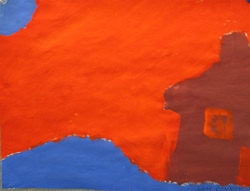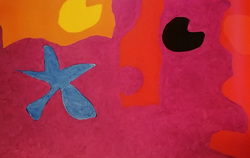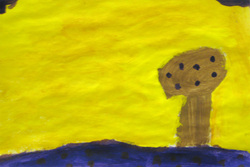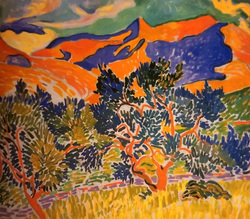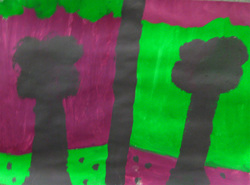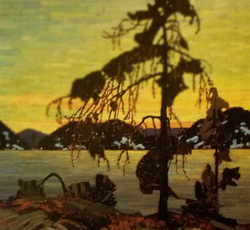But What Is Art?
Grafting Into History
The following student work shows three related pieces from each person alongside possible connections to the work of previous artists. This critique excercise helps students to recognize that their work belongs to the history of ideas. Artists are influenced and make choices based on art they have perceived in the past.
Ideas belong to everyone. The contribution of an artist is to graft their work into a genre or movement and further that idea in the present. Students gain a sense of how their work is similar but also different from the work of other artists. The goal is to recognize a style or subject matter or technique unique to the individual student which adds novelty to a particular category of art.
